Restrain
The subjects are lying on the floor, before a black background, the camera is high, upright over their face.
I go sideways, so I don’t have the precise control over the framing; I literally can’t see, and my eye is disassociated from the image which is going to take shape; similarly, the subject can’t see the photographer and can’t return any gaze.
The shooting time is about 15 seconds; in this time I enlighten the face of the subject with a small flashlight, going several times over it, as if it were a paint brush. The impossibility to control precisely the light forces me to repeat the shooting again and again; so the action of my arm grows increasingly aware, confident and fluid, no longer steered by my eyes, but by a sort of memory inside my own body. This action suits the face and body of the person who is there with me. The photographic action – usually associated to the action of moving the camera closer to the eye, of framing and pushing the button – is then brought back to its etymological exactness: this action writes through the light. In the final prints I kept the differences of exposures and tones, to preserve the path of the process.
These images have never existed in real time, because no face was ever simultaneously light up as it appears at the end of the process: they are unseen pictures.
Sometimes in the set the long duration of the session and of the individual poses can lead to a sort of detained abandonment, a focused calmness; then it seems to me that these portraits are a trace, not so much of the features of a face, but of our own being there, as if they were the mould of some experience. The photographs follow one another in silence, each of them is a small epiphany.
 Share / Save
Share / Save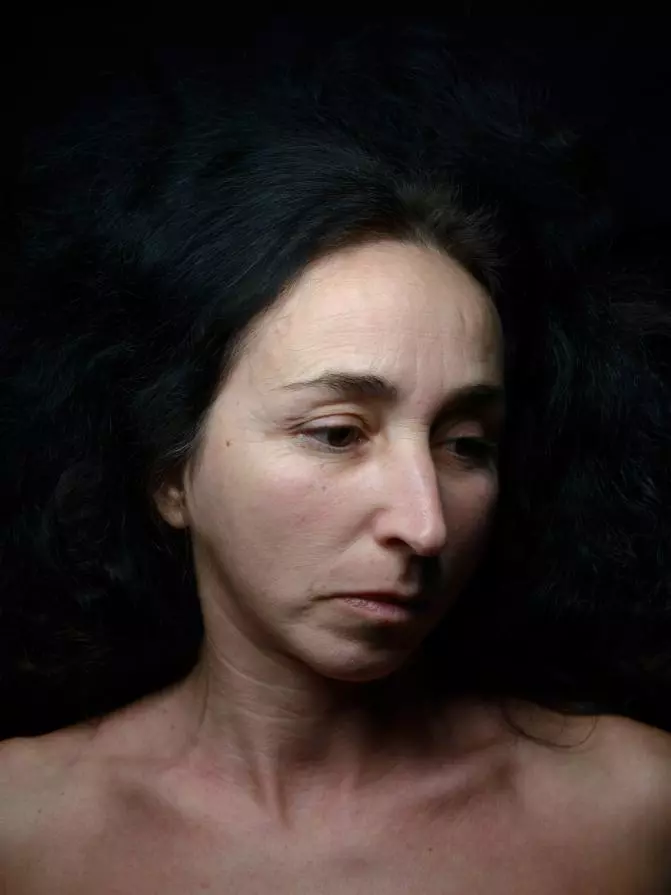


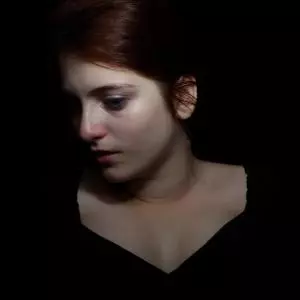

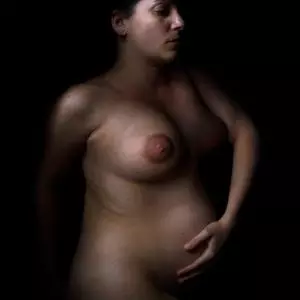

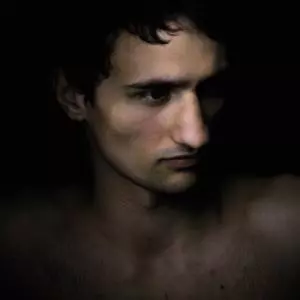






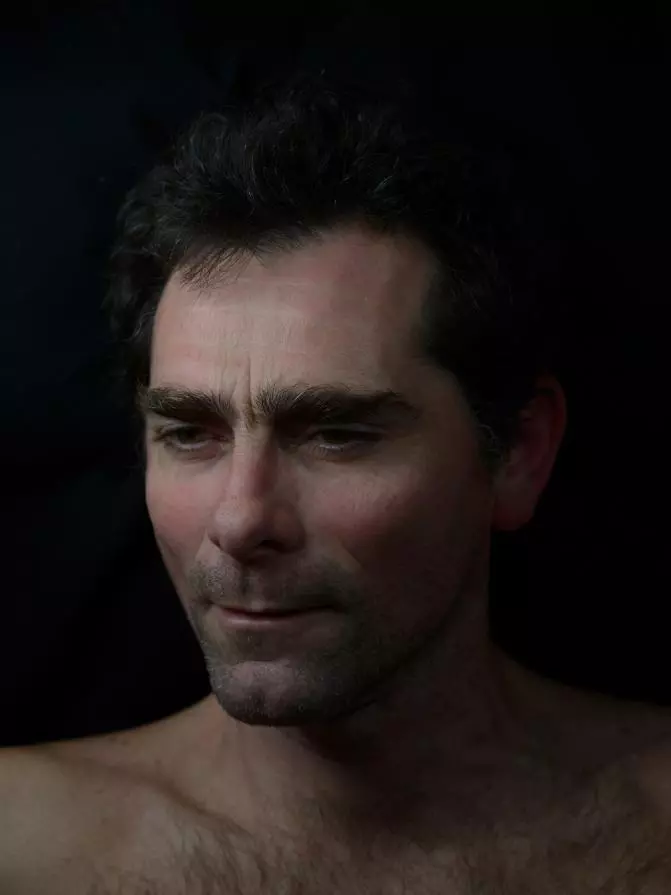
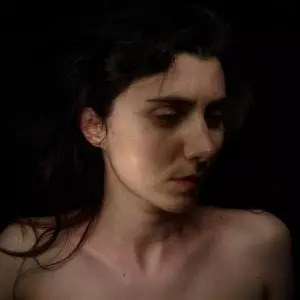
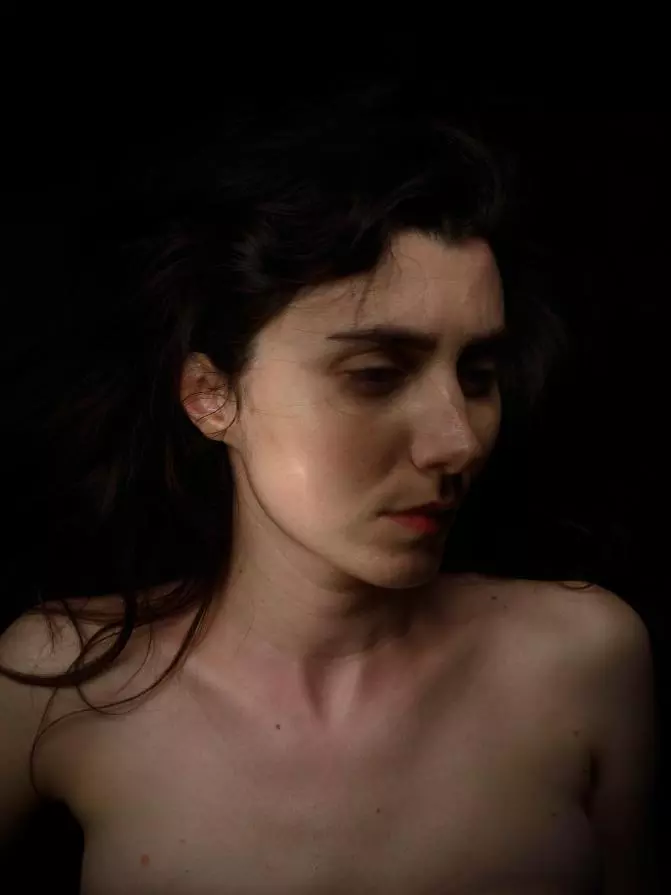
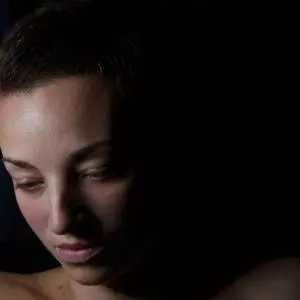
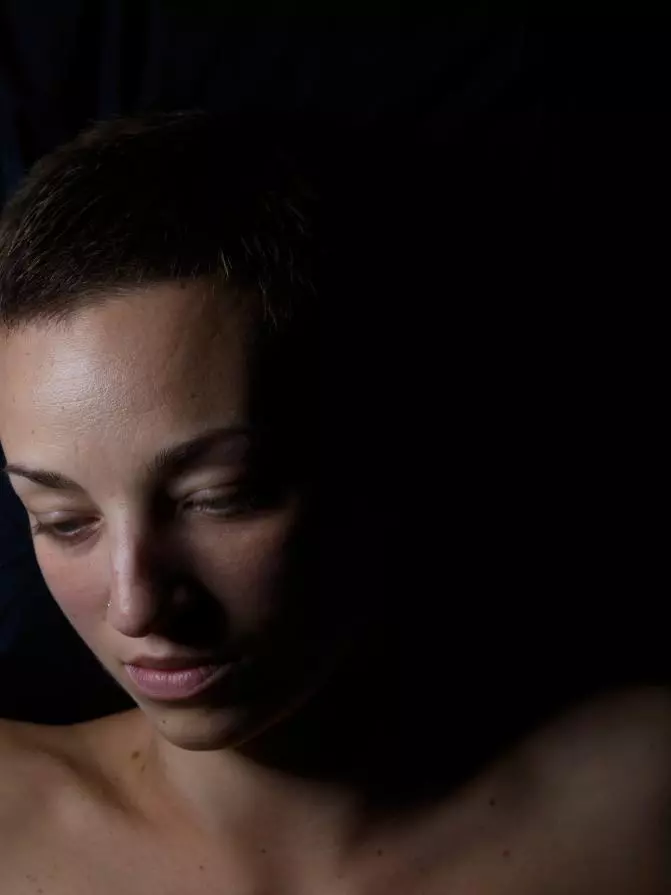








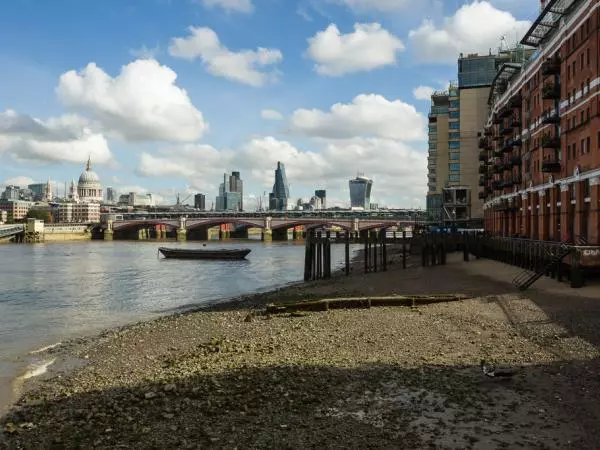
Comments 2
Say something